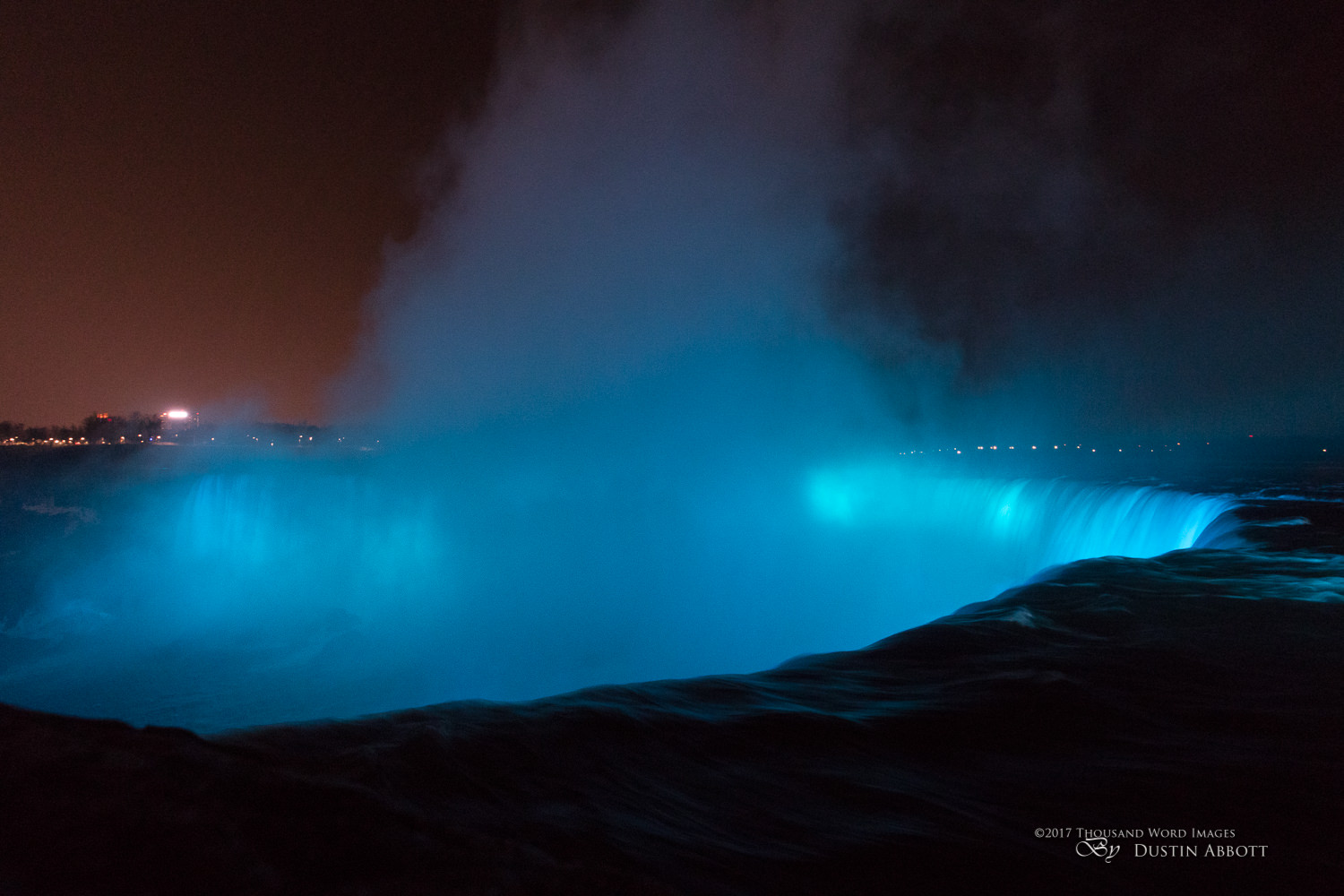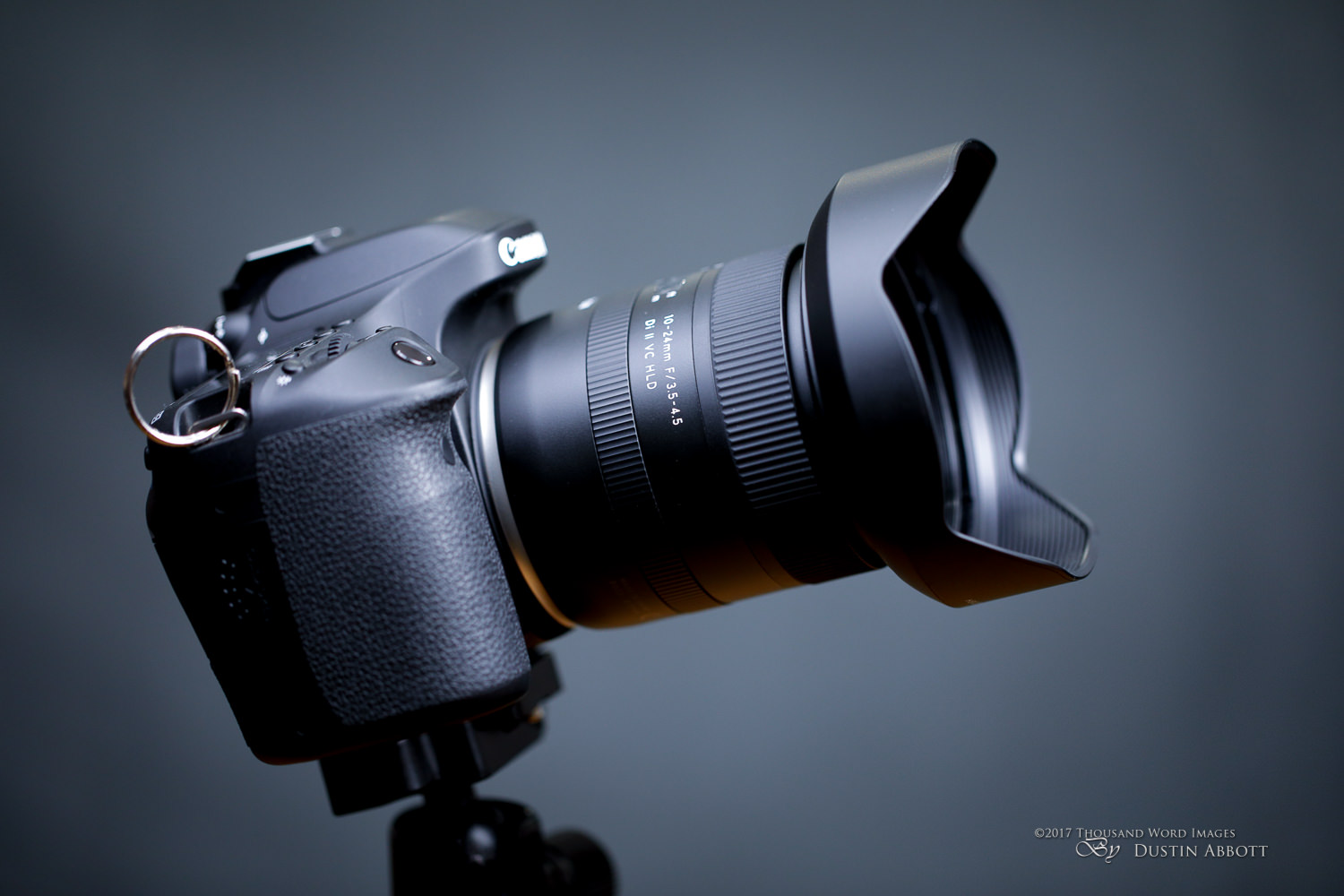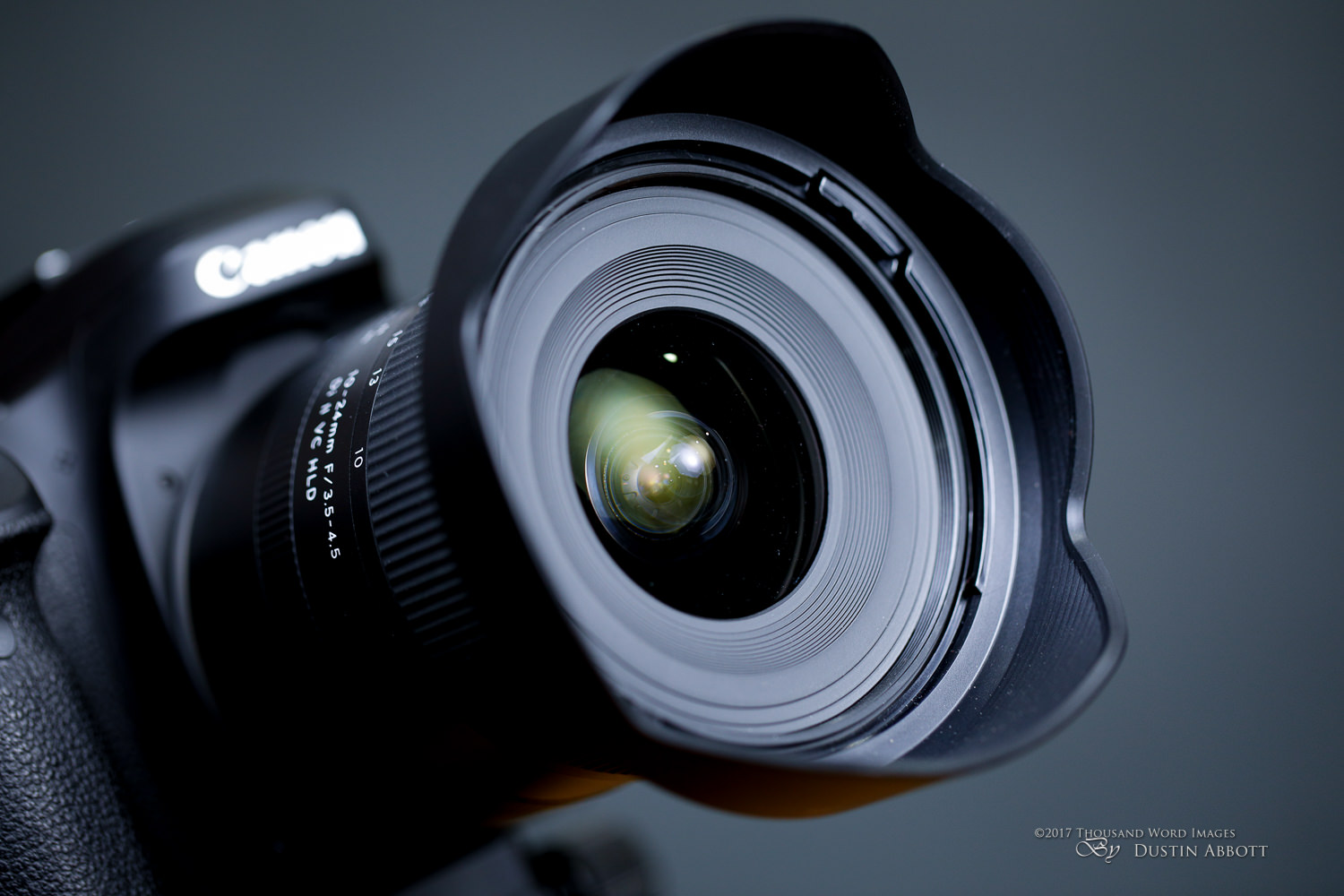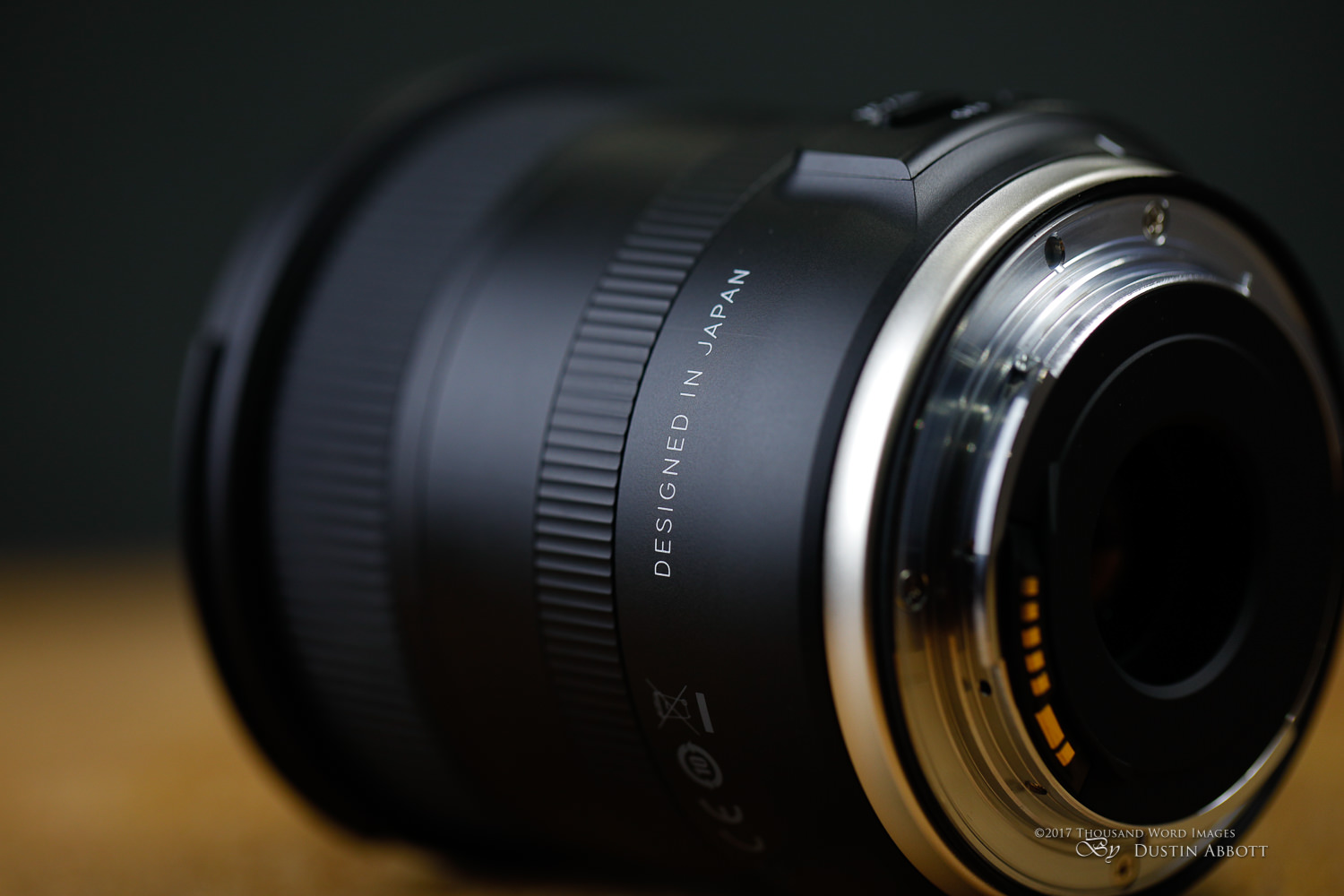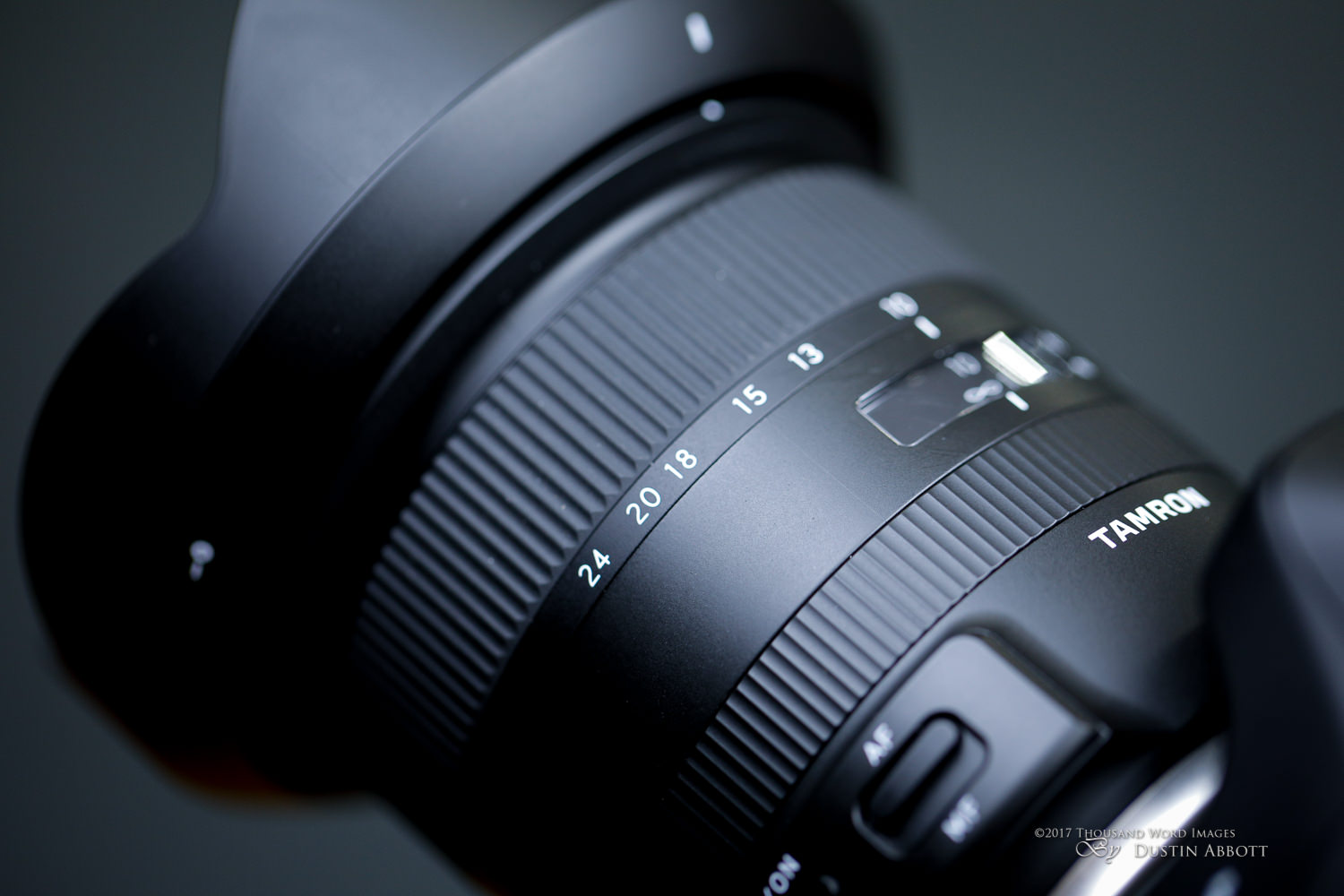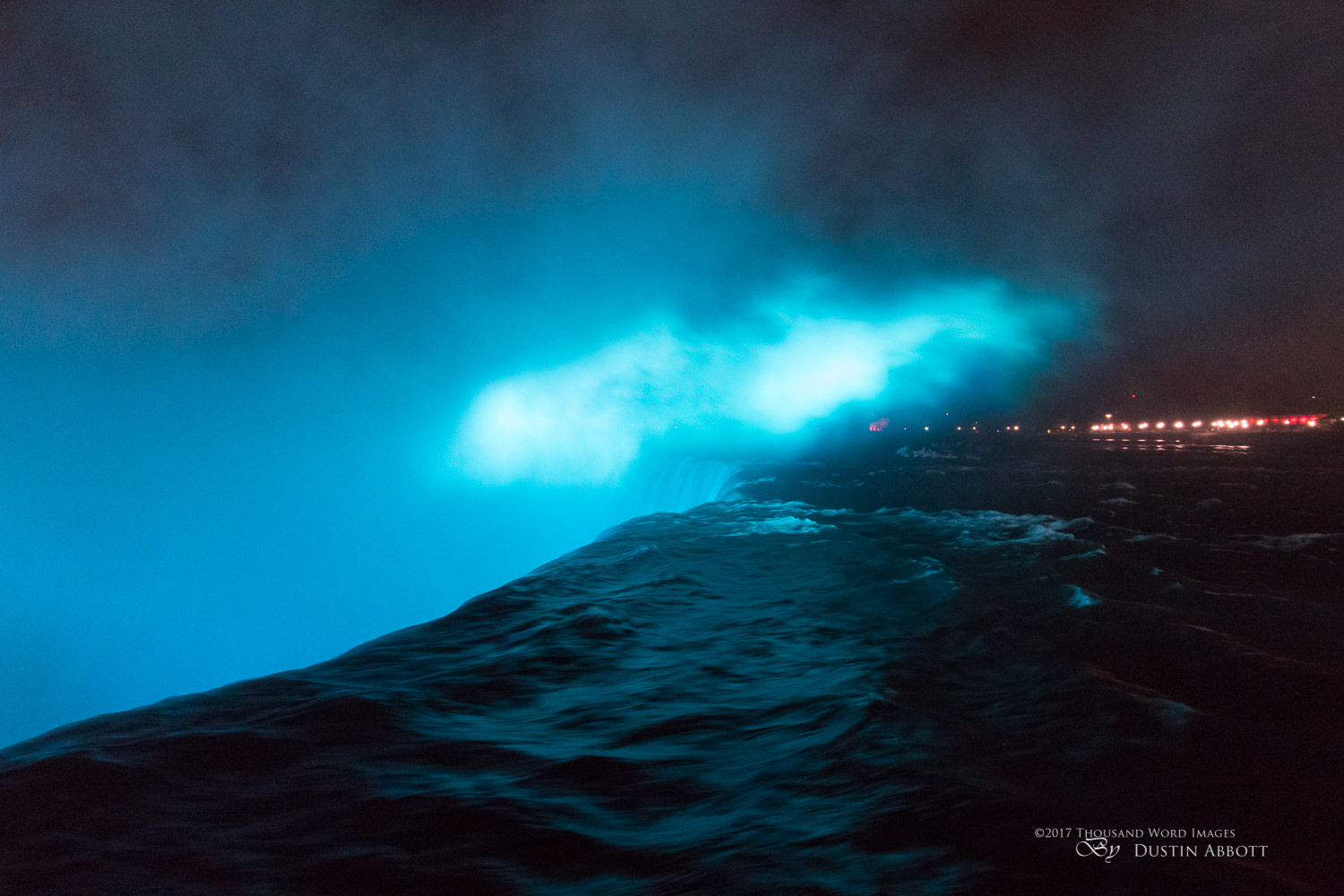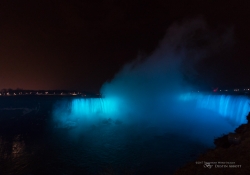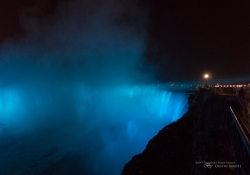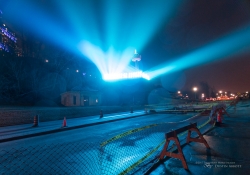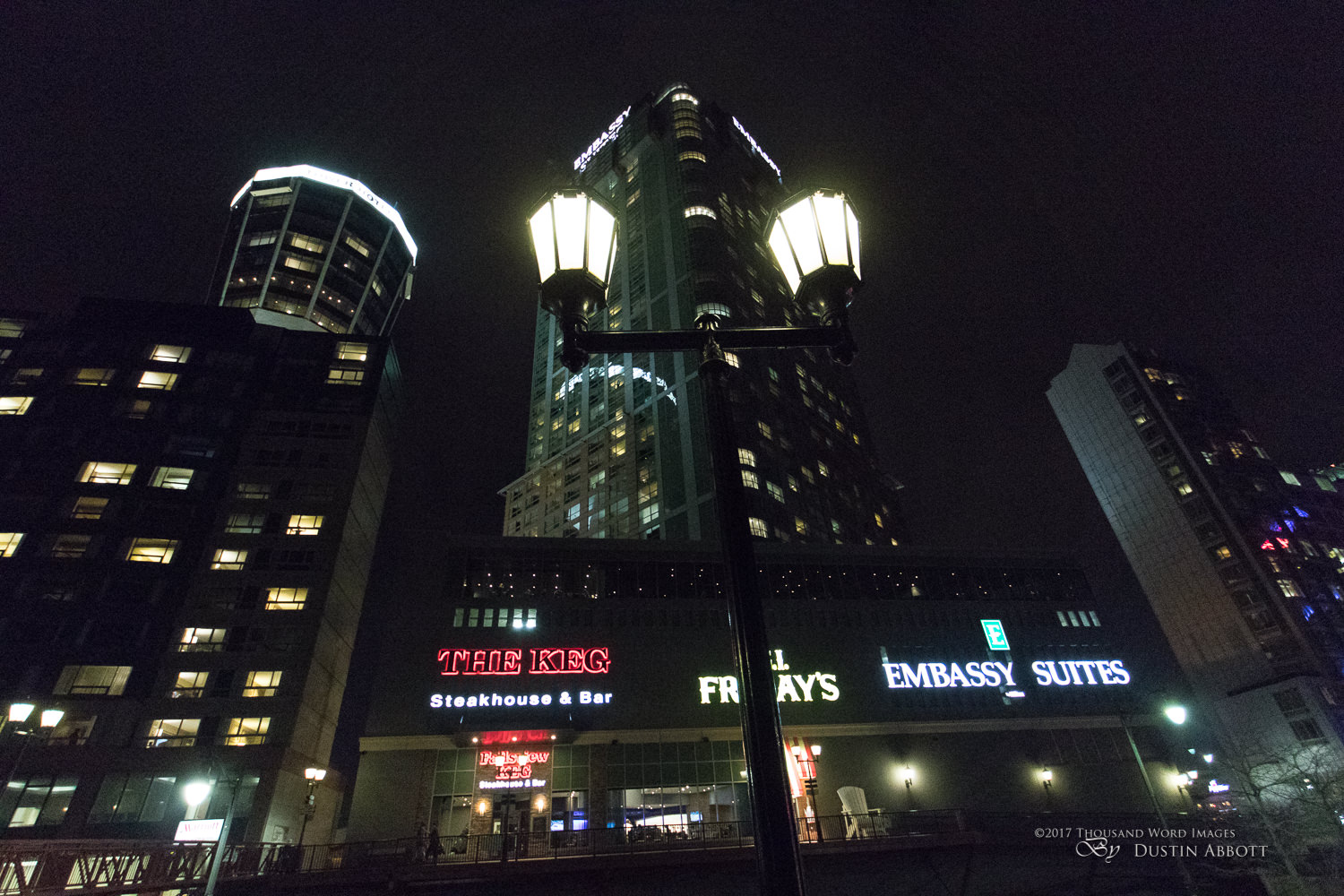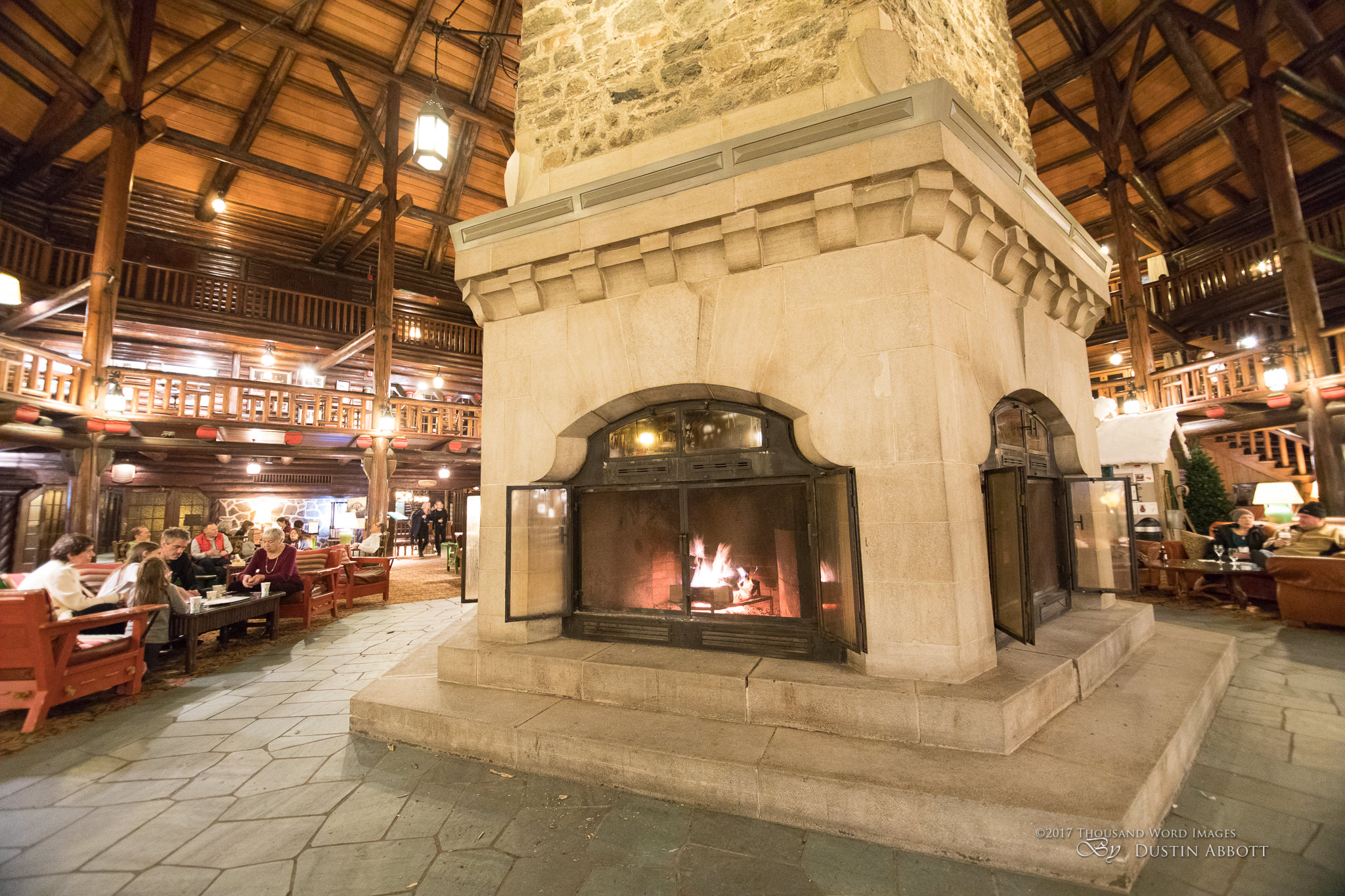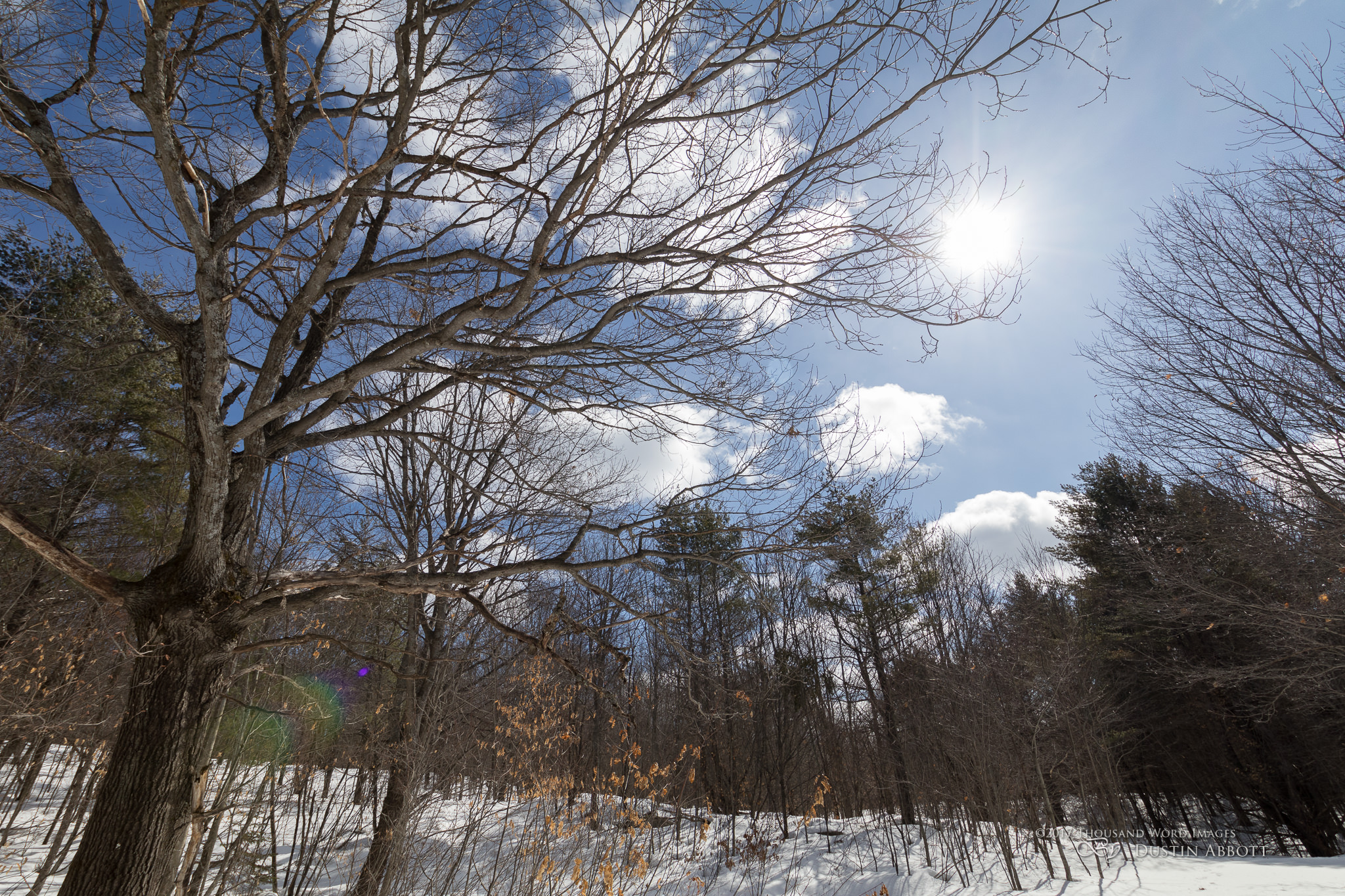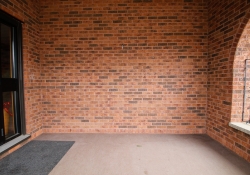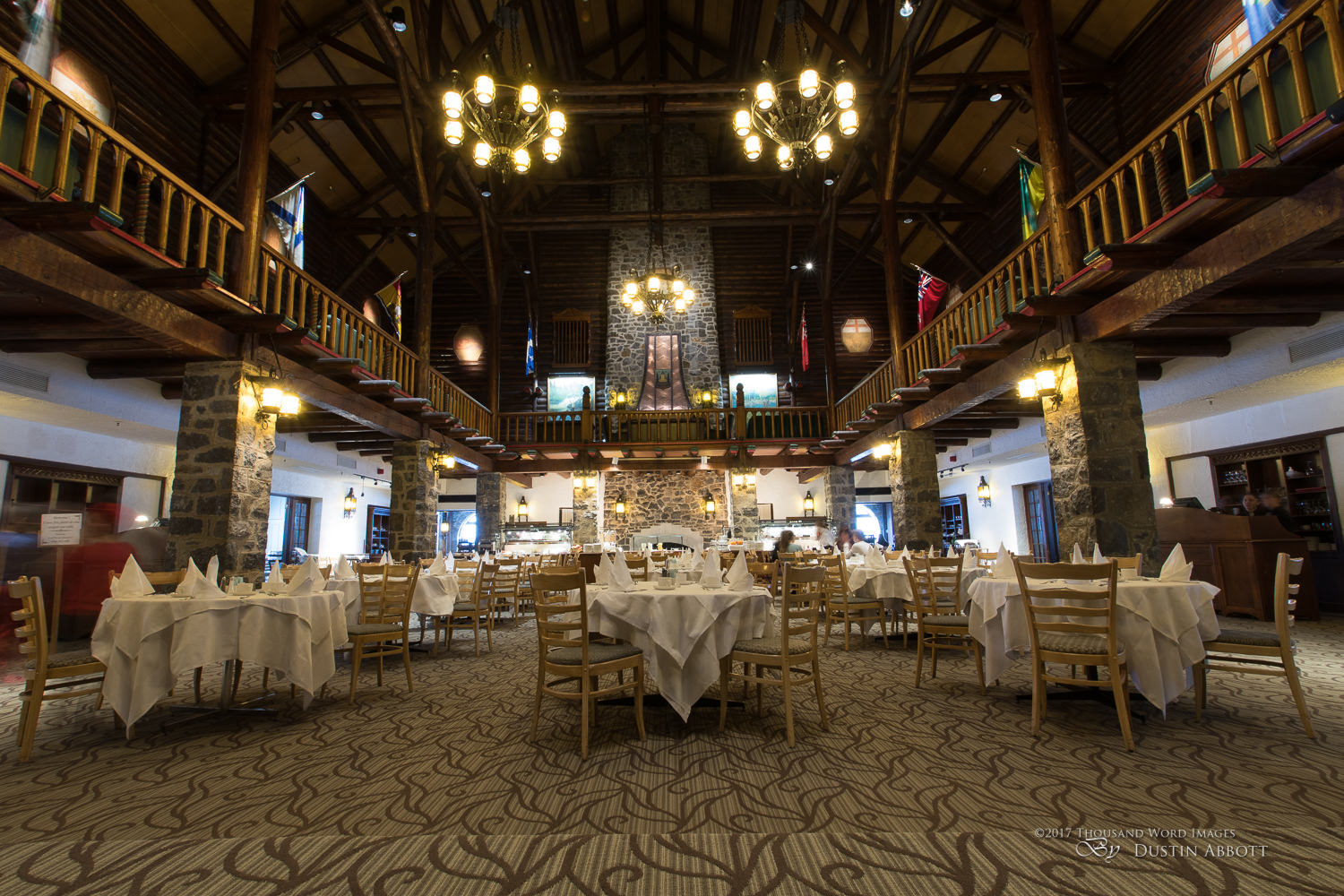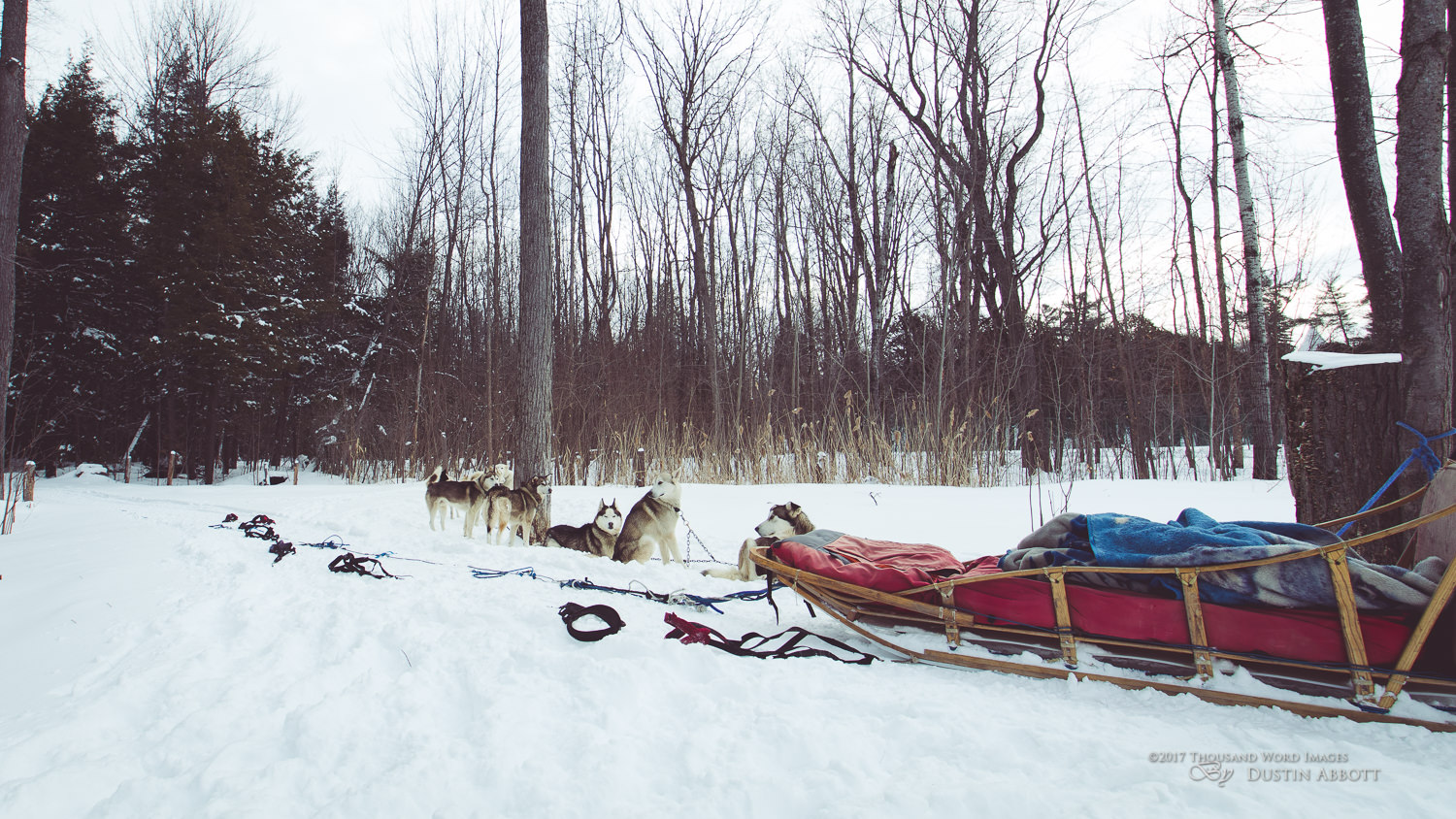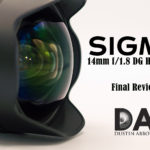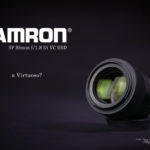APS-C shooters can be forgiven for feeling like they sometimes get left out in the cold when it comes to quality development for their platform. Canon, for example, has an interesting dichotomy. Many of their lens releases for full frame are of the premium “L” series type, while it seems that an abnormal amount of their releases for APS-C are of the budget variety. The number of premium crop sensor releases is incredibly small, but third parties have jumped into that void. Most notable is Sigma with their 18-35mm and 50-100mm f/1.8 ART series lenses that were just as nice as any of their full frame designs save that these were designed for crop (APS-C). Tamron eyed a hole that was missing in the APS-C sphere: a stabilized, wide angle zoom with weather sealing and more premium performance. They have stepped in to to fill that void with the new Tamron 10-24mm f/3.5-4.5 Di II VC HLD lens (internally coded B023). The 10-24 VC comes to the table with a rich feature list, but how does it hold up in real world use?
Tamron introduced the first generation of lens in this focal length in 2008, the SP 10-24mm f/3.5-4.5 (B001) lens. Tamron has since relaunched the SP branding for its premium lenses (a smart move, in my opinion), so while the lens has lost the SP branding it has gained a number of important other acronyms. Among these are VC, or Vibration Compensation, which is Tamron’s image stabilization system. The value of image stabilization in wider focal lengths is increasingly appreciated for both video and stills, and I will note that the inclusion of VC makes this lens an interesting option for video. Tamron has also debuted a completely new focus motor on this lens, the High/Low Torque Modulated Drive Motor, or HLD. HLD is much catchier! We’ll deal more with this focus motor in a moment, but it’s addition is equally important both for improved focus and for its properties that also make it more attractive for video.
Tamron already boasted the largest focal range in the class, with the 10-24mm besting other 10-22mm variants. 10mm is the full frame focal length equivalent of 15mm on Nikon and 16mm on Canon, while on the long end it represents a 36mm equivalent on Nikon and 38.4mm on Canon. This is obviously a very useful focal range. Canon released a stabilized APS-C wide angle lens (the EF-S 10-18mm IS STM) a while back, but the 10-24 VC one-ups it in both focal length but also a much more serious build quality complete with weather sealing and (unusually for this class of lens) a fluorine-coated front element. The latter is an expensive addition to lenses that typically cost far more than this one. I don’t need to tell you that having weather sealing in a wide angle lens that might be used for landscapes, time lapses, or near splashing water is a big deal, and Tamron has managed to set itself apart in a more serious class by this inclusion. Has Tamron succeeded in bringing out the compelling option in this class? Is the Tamron 10-24 VC the new lens to buy for APS-C shooters looking for a quality wide angle zoom?
Prefer to watch your reviews? My full video review will give you all the details!
Build Quality and Handling
While the 10-24 VC is not a part of Tamron’s new SP premium line, it has inherited the sleek, modern good looks of that series. This is the first lens that I’ve reviewed from Tamron that inherits the looks but not the materials of the SP line. It looks a lot like those lenses, though with a slight bit less gloss due to being constructed from engineered plastics rather than the aluminum alloy the SP line is made from. The lens looks good, though, with a nice modern look that will instantly set it apart from the previous Tamron 10-24 lens. It is a moderately sized lens that is 3.3”/84.6mm long (a couple of millimeters shorter in a Nikon mount) and weighs in at 15.5 oz/440g. This is compact and light compared to most of the lenses I review these days, but is both longer (10mm) and heavier (200g) than the Canon 10-18 STM. That lens also has a much smaller focal range and lacks the higher grade build/weather sealing of the Tamron, so it isn’t really a completely fair comparison. I mention it mostly because it will likely be a lens that many Canon shooters will cross-shop.
The lens has a substantial but common 77mm front filter thread. Unlike any of the Canon APS-C lenses the 10-24 VC comes with a lens hood, and I found the lens hood shaped in a fairly useful way (wide angle lens hoods can be a bit ridiculous!). It also comes with Tamron’s newly designed front and rear lens caps, which are some of the nicest in the business (particularly the front pinch cap).
The 10-24 VC has a 7 rounded blade aperture, and I thought the sunburst/sunstars created with the lens stopped down looked nice. No lens like this will be a true bokeh monster, but if you are focused on an object at close to minimum focus distance (9.4”/24cm), you will be able to blur out the background somewhat. The lens has a useful maximum magnification figure of right under 0.19x, which is actually better than the Tamron 70-200mm f/2.8 G2 lens that I just reviewed!!
This is a variable aperture zoom (unlike Tamron’s 15-30mm f/2.8 full frame lens), starting at a moderately wide f/3.5 on the wide end and losing about 2/3rds of a stop of light with a maximum aperture of f/4.5 on the long end. As variable aperture lenses go, this isn’t actually too bad. The Canon 10-18 STM that I’ve referenced STARTS at f/4.5 and ends at f/5.6, so the Tamron can let in a fair bit more light across the focal range. The lens can stop down to a minimum aperture of f/22-f/29 depending on the focal length.
The lens has the two basic switches: AF/MF (although it does boast full time manual override), and an ON/OFF switch for the VC. The two rings (zoom and manual focus) feel pretty good, and operate smoothly. The lens focuses internally, so nothing extends or rotates when focusing. It is not entirely internally zooming, and it actually moves in and out with the fully retracted position being in the middle of the focal range and with a tiny extension (only a few mm) out at both the wide and telephoto ends of the focal range. The manual focus ring is fairly narrow, but it easy to find by touch. The action of the focus ring won’t be mistaken for a Zeiss lens, but it moves nicely. The key feature for me is that with Tamron’s HLD motor there is actually direct control over focus as opposed to the detestable focus-by-wire MF of STM lenses.
Another key upgrade is that the 10-24 VC is fully compatible with Tamron’s Tap-In Console, which will allow users to fine tune autofocus (at different focus distances and focal lengths) along with tweaking other functionality (VC behavior, MF ring behavior, etc…). Perhaps most important is that you can install firmware updates to the lens through the Tap In, helping to assure that your lens is future proof.
All in the lens is both attractive and functional with a build and moisture resistance that is superior to other APS-C wide-angle zoom options.
Tamron 10-24 – Now with VC
By popular request the new B023 now comes with Tamron’s Vibration Compensation (VC). While telephoto lenses have the greatest need for stabilization, I’ve used several full frame wide angle lenses with stabilization (Canon 16-35mm f/4L IS, Tamron 15-30mm f/2.8 VC) and do find the stabilization useful. That stabilization not only allows you to keep the ISO setting down in lower light situations (when you don’t need to stop action) but also gives you some creative options. I’ve handheld shots where I blurred water or a moving subway car, for example.
This is another nice implementation of Tamron’s VC. It is virtually silent in operation, and there is little sign of its operation other than the extra stability. No jerking when it comes on and off or any other negative behavior. The stabilization is rated for 4 stops, which means that you can handhold VERY low shutter speeds with such a wide focal length.
I handheld a number of low shutter speed shots while visiting Niagara Falls with the lens. I find APS-C’s grain at higher ISO settings more noticeable than that of my typical full frame bodies, so I’m a little more proactive about avoiding higher ISO settings when I use my 70D or 80D bodies. I shot a number of shots at shutter speeds like 1/8th second when walking around at night (and at very cool, misty, and windy temperatures near freezing, so I’m sure I wasn’t at my most stable). Despite these factors I can’t recall one image lost to camera shake, which shows the value of that stabilization. It also gave me the ability to blur the cascade of the water and produce some very cool images.
The addition of the VC on the 10-24 VC is a very welcome addition.
New HLD Motor
The new High/Low Torque Modulated Drive Motor (HLD) is an interesting one. It’s clear from both the name and the operation that this is a hybrid focusing system somewhat similar to STM. It employs higher torque for fast autofocus when shooting stills, but also allows smooth (and quieter) focus transitions when shooting video. USM/USD motors typically excel in the first task but aren’t nearly as good at the latter. STM and Canon’s excels at the latter, but sometimes isn’t as fast to focus and robs you of the ability to directly manually focus. I’m not a fan. Canon’s new Nano USM is a significant improvement on STM, but still lacks the ability to truly manually focus.
Tamron has found a way to give us fast focus, smooth (and fairly quiet) video AF focus, but also give us real manual focus/focus override. I didn’t find the HLD motor to be as quiet as the best STM motors for video AF (but it’s close), and not quite as fast as Nano USM in focus speed (but it’s close), but I felt it was perhaps the closest I’ve seen to having these qualities without resorting to focus by wire. Kudos for Tamron; this motor is one of the underrated highlights of this new lens.
A wide angle lens with a not overly wide aperture puts relatively little stress on a focus system, but I did find focus accuracy to be excellent on the lens. It needed little calibration and just did its job. Focus was quick and confident, and I doubt that any will be disappointed with this aspect of the lens’ performance.
Interesting Video Option
The HLD focus motor combined with the VC makes this a very interesting video option anyway, but those of us that own a full frame 5D Mark IV ought to pay attention for another reason.
While Canon has slammed the door shut on mounting its own APS-C lenses on full frame (EF-S lenses won’t physically mount on full frame), they surprisingly have left the door open for third party lenses. The reason for this is that third party lenses use the EF and not EF-S mount. While prime lenses made for APS-C don’t cover the full frame image circle, it isn’t unusual for zoom lenses to cover the the full frame image circle over the latter part of their focal range. That is definitely the case here, and surprisingly you only need to zoom into a hair past 13mm before the 10-24 VC covers the full frame image circle (prior to this there is heavy blackening in the edges where the lens diaphragm is physically obscuring part of the image circle). 13mm is very wide on full frame (on Canon APS-C 10mm is the full frame equivalent of 16mm, so even at 13mm the lens is a good bit wider than on its native APS-C). Good APS-C lenses often look very good on the less pixel dense full frame sensor. Here’s a look at a shot on the 5D Mark IV – 13mm:
One of the most desirable applications for this is in the capture of 4K video, as Canon has a 1.7x crop factor when capturing 4K video on the 5D Mark IV. This would be a great place to use Canon APS-C glass, as they are designed for the crop factor, but as already mentioned they physically won’t fit. The 10-24 VC is a great fit here, as the crop factor means that the whole focal range is usable. 10mm with a 1.7x crop is 17mm, which is still nicely wide on full frame and very useful…more so, in fact, than most full frame lenses.
Footage from this combination looked nice and crisp and the quality focus and stabilization made it an intriguing option there.
Tamron 10-24 VC Image Quality
The B023 has a fairly complex optical formula with 16 elements in 11 groups. Included in that formula is one Low Dispersion element, one XLD glass element, one moulded glass aspherical element, and one hybrid aspherical element. These are designed to help reduce chromatic and comatic aberrations (more on that in a moment) and to help control distortions. Another update over the previous lens is Tamron’s new BBAR coatings have been applied, and my experience with them has been favorable. They are effective at reducing flare effects and helping with contrast. Tamron’s benchmark has been its own excellent 15-30mm f/2.8 VC (which I own). While that lens is made for full frame, it has been a showcase for what Tamron can accomplish in a wide angle lens. I’ve compared a number of new wide angle lenses to the Tamron since its release, several of which were far more expensive than it. While there is always some give and take, I’ve noted that the Tamron has held up very well to all challengers. In short, I think benchmarking the 15-30 VC is ambitious, but that gives a frame of reference to compare against.
Before I go further, I will add that APS-C is not my favorite platform for landscape or low light work. The rougher noise and the nature of the pixels to my eye produces less smooth results. It can be hard to communicate, but I just prefer the look of the images produced by full frame, particularly when viewing and processing them at the pixel level. I say that to say that when I first compared the lenses on their native systems (the 15-30 VC on a Canon 5D Mark IV and the 10-24 VC on a Canon 80D), I had a hard time separating the limitations of the platform (APS-C) from the lens. I decided that I would instead compare both lenses on the Canon 80D. What I saw in that test gave a truer representation of the performance of the 10-24 VC.
I compared the image quality throughout the focal range, but there is one fairly constant advantage for the 10-24 VC in that type of comparison – chromatic aberrations. The Tamron 15-30 VC controls longitudinal chromatic aberrations well (often called LoCA), but it does fall prey to some lateral CA along the edges of the frame. Lateral CA can be corrected for in software, but unlike LoCA it is not corrected just be stopping down the lens. I saw trace amounts of lateral CA in the images from the 10-24 VC, but overall it exhibits less chromatic aberrations than its big brother.
AT 10mm the 10-24 VC is very sharp from f/3.5, and the sharpness extends across the frame reasonably well. There is good contrast, with a bit of that lateral CA along the edges of the frame. As you stop the lens down at 10mm the biggest change seen is that vignette is reduced. Here’s a look at the image quality from left to right across the frame wide open (f/3.5):
The vignette wide open doesn’t produce heavily dark corners, but it does extend fairly far into the frame, so the image as a whole brightens when stopped down to f/4 and more at f/5.6. At 10mm the resolution is pretty impressive even at f/3.5, and stopping down to more traditional landscape values reduces vignette and slightly increases resolution. If you are shooting RAW the vignette issue is fairly minor, as it is well within the tolerance of being removed in post without destruction to the image. Here’s a look at the vignette difference between wide open and f/5.6 at 10mm:
Here’s a quick comparison of f/3.5 and f/5.6 in terms of sharpness at 10mm:
Comparing the 10-24 VC to the 15-30 VC at 15mm is interesting. Looking at the image quality globally you will see an obvious difference in the amount of vignette. The 15-30 VC is perhaps the best wide angle lens I’ve seen for vignette control anyway, but it also benefits on APS-C by having the edges of the frame cut off due to being a lens designed for the larger full frame image circle. Once again the amount of vignette is fairly light on the 10-24 VC, but it extends fairly far into the frame.
With both lenses wide open (f/2.8 for the 15-30; f/4 on the 10-24 VC), the 15-30 is sharper on the edges of the frame but the 10-24 VC has a [very] slight edge in the center of the frame. When the 15-30 VC is stopped down to f/4 and they are both compared at f/4 it has the overall sharpness edge. Here’s a look across the frame:
With both lenses stopped down to f/5.6 the overall resolution is similar, with a contrast edge to the full frame lens. The fact that the 10-24 VC stays this close at such a lower price point is impressive.
At 20mm the results with both lenses wide open (f/2.8 vs f/4.5 at this point) very slightly favors the 15-30 VC, mostly in the form of better micro-contrast. Off center the results are more standardized, though, which indicates the sharpness is fairly even on the 10-24 VC. Here’s a look:
With both lenses stopped down to f/5.6 the 15-30 looks a bit better with superior contrast and less light haze, but the lenses remain pretty close overall.
At 24mm we have reached the end of the focal range on the 10-24mm while the 15-30 VC has 6mm more, so its not surprising that the image quality edge favors the 15-30 VC. Overall it is still fairly close, but once again the contrast edge belongs to the full frame lens, though the absolute resolution is not overly different. Here’s a look across the frame at f/4 (f/4.5 for the 10-24):
If they are both stopped down to f/5.6 the superiority of the 15-30 VC shows up, though:
So in a controlled environment it is clear that the 10-24 VC has some serious optical chops even if it doesn’t quite match the 15-30 VC.
Flare Resistance
One area that the 10-24 VC has no problem matching (and besting) the 15-30 VC is when it comes to flare resistance. The full frame lens has a bulbous front element with a fixed lens hood, but there are limits to just how much that lens hood can shade the front element. Tamron’s BBAR coatings have proven their worth in a number of applications, but they cannot completely overcome the 15-30’s propensity for showing flare/ghosting patterns from side light sources. If light comes from the right (wrong?) angle, the 15-30 is definitely vulnerable. Fortunately the less extreme nature of the 10-24 VC means that it has a flat front element and can use traditional filters (77mm size). It is also far less vulnerable to catching stray light from the side. In addition, it proved very flare resistant, maintaining near perfect contrast even with very bright sun in the frame. I was only able to produce the slightest of ghosting patterns that were negligible and definitely put this lens fairly high on the list of flare resistant wide angle lenses that I’ve used.
Stopping down the lens produced a nice if not spectacular sunburst effect with its seven-bladed aperture. All in all I found the lens produced very nice images when I put the sun into the frame…something I dearly love to do with a wide angle lens.
Distortion
At 10mm the lens isn’t distortion free, but the amount of distortion is minimal. There is a bit of barrel distortion noticeable on straight lines towards the edges of the frame, though when I shot a brick wall I saw little distortion throughout the majority of the frame. Most importantly is that there isn’t any odd “mustache” type distortion pattern that proves so difficult to correct. Here’s the distortion at 10mm, 15mm, and 24mm.
It seems to me that a number of lens makers have figured out how to better control distortion as of late, as I’ve seen fewer lenses with really hideous distortion issues as of late. This shot from the Chateau Montebello shows nice lines overall and a crisp result.
At 20mm there is only the faintest amount of barrel distortion, while at 24mm there is the faintest amount of pincushion distortion. All in all actual distortion is fairly well controlled on the lens. Note, however, that with any wide angle lens you can easily produce perspective distortion by the way you compose. Say you are in a forest, for example. If you attempt to hold the camera extremely level (not tilted up or down), you will find that tree trunks will because straight and upright in the viewfinder. If you tilt the camera up, however, it will look as if the trees are all leaning in towards the middle of the frame. This “keystone” effect is the result of perspective distortion.
Use this lens right and you will only encounter minor amounts of distortion that should be fairly easily correctable in post. You can see many more images, including a number of architectural shots, in the Lens Image Gallery.
Comatic Aberrations
Comatic aberrations, or coma, is an aberration that is particularly important to correct for in wide angle lenses. The most common application where this is important is for those that shoot the night sky. While the maximum aperture of f/3.5 is a hair slower than optimal, this lens is still a valid option for shooting the night sky.
The night sky did not really cooperate with me during my review period (it was a lot of overcast), so I couldn’t test coma in a traditional way by shooting nightscapes. What I did do, however, was set up a test of coma control using a laser pointer. I shot a variety of frames with the pinpoint light source (much like a star) in various points of the frame and then combined those shots together in Photoshop. What I found was that the “star points” looked sharp and precise across most of the frame, but in the corners I did see some comatic aberration. Star points grew a bit of what looked like wings. I’ve seen worse, but I’ve seen better too. I think the lens is usable but not optimal for shooting night skies.
Conclusion
It’s great to see lenses like this being built so that APS-C shooters have more quality lenses to choose from. Tamron has significant improved its 10-24mm lens, adding VC, superior performance, a new focus motor, and a weather-sealed build while somehow managing to not charge any more for it ($499) than the previous lens. Canon has its own stabilized APS-C lens (EF-S 10-18mm f/4.5-5.6 IS STM) at a lower price point ($299), but that lens has a smaller focal range, slower maximum aperture, and lacks weather resistance, so it is hard not to see a win for the Tamron here. Their EF-S 10-22mm lens lacks the weather sealing and image stabilization while costing more. The Tamron 10-24mm f/3.5-4.5 VC HLD seems perfectly positioned to offer buyers the best of both those lenses. It focuses quickly and accurately, the VC works exceptionally well, and the lens does what it should optically. I see no reason why this lens should not be seriously considered by Canon and Nikon APS-C shooters looking for a quality wide angle lens.
Pros:
- Upgraded build quality
- Highly effective VC system
- New HLD focus motor works well both for still and video
- Excellent flare resistance
- Distortion quite well controlled
- Moisture resistance
- Good image quality
- Compatibility with Tap In Console
Cons:
- HLD motor slightly noisier than STM
- Vignette noticeable wide open
Thanks to Tamron Canada for providing a retail-sourced copy of the lens for evaluation.
Gear Used:
Canon EOS 5D Mark IV (5D4): B&H Photo | Amazon.com | Amazon Canada
Canon EOS 80D: B&H Photo | Amazon.com | Amazon.ca |
Tamron 10-24mm VC HLD: B&H Photo | Amazon | Amplis Foto (use code AMPLIS52016DA in your cart to get 5% everything)
Adobe Lightroom CC Software for Mac and Windows (Boxed Version)
Adobe Photoshop Creative Cloud 1-Year Subscription
Alien Skin Exposure X2 (Use Code “dustinabbott” to get 10% anything and everything)
Purchasing your gear through B&H and these links helps fund this website and keeps the articles coming. Thank you for your support.
Great News! I can now offer a 5% discount on all purchases at Amplis Foto, Canada’s Leading Photographic Supplier. Please enter discount code: AMPLIS52016DA in your cart. It is good for everything in your cart, and is stackable with other coupons, too! It will take 5% off your entire order! Proceeds go towards keeping this site going and providing you with new reviews!
Check me out on:
Google+: | Facebook: | Twitter: | Flickr: | 500px: | Sign Up for My Newsletter :




